5 signs you really need to buy a new TV
Is your TV old and busted? It might be time to upgrade
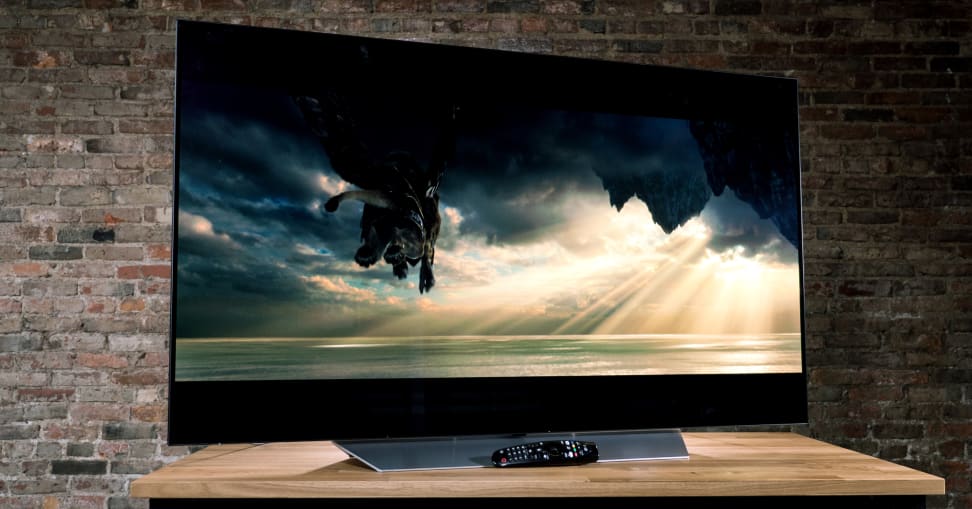 Credit:
Reviewed / Jackson Ruckar
Credit:
Reviewed / Jackson Ruckar
Recommendations are independently chosen by Reviewed's editors. Purchases made through the links below may earn us and our publishing partners a commission.
In the last 20 years, flatscreen TVs have gone from high-priced novelty item to household mainstay. Not even counting Black Friday, you can get perfectly acceptable TVs for just a couple hundred bucks, and really astounding ones for not much more.
It's no secret that along the way, the flatscreen market has become absolutely saturated. This has lead to what I would call "feature jousting." Almost every year, flatscreen TVs ship with some new "must-have" feature: The ability to play 3D movies (including dork-tastic 3D glasses), or built-in web browsers and streaming apps, or remotes with built-in voice search. If you haven't upgraded in a while, it's safe to say you didn't miss much between 2008 and 2014.
However, the latest buzzwords—4K and HDR, or High Dynamic Range—aren't really buzzwords at all, but the next real transformation in consumer TV tech. Sure, the shift from basic full-HD (1080p) to 4K/HDR isn't quite as striking as the move from boxy CRTs to flatscreens, but it's no marketing trick either. If you can't remember the last time a movie, TV show, or video game made you say wow, it might be time to upgrade.
1. A tube TV is still your main squeeze
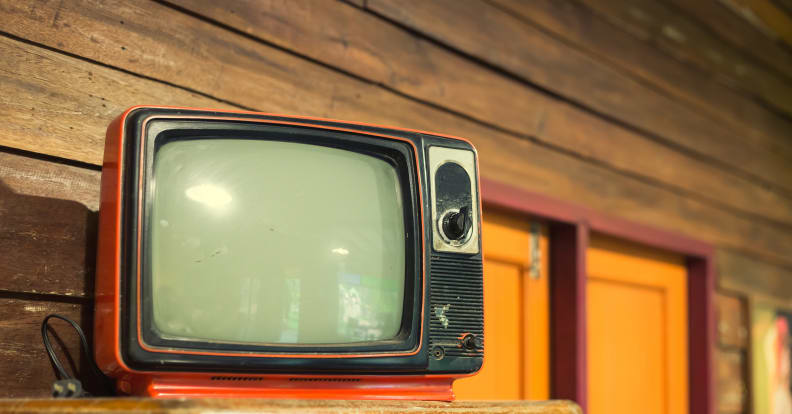
If you're still using one of these for your primary viewing, you might want to think about upgrading.
This one is admittedly a bit of a safety net, but if you're still doing most of your viewing on a TV that's more than a few inches thick, depth-wise, you definitely need to upgrade.
Don't get me wrong: I love CRT (cathode ray tube) TVs. I've saved 5 or 6 of them from the side of the road and have a Sony Trinitron at home myself. In fact, CRTs are still the ideal choice when you're viewing media designed during their era: VHS tapes, retro video games, and so on.
But there's really no excuse not to upgrade, either. You can get a decent flatscreen LED TV for like $150, which is a much better choice for any and all modern media, streaming apps, DVDs, Blu-rays, or even standing in as a second screen for a laptop. Get with the times, grandpa.
2. You've still never seen full-HD programming
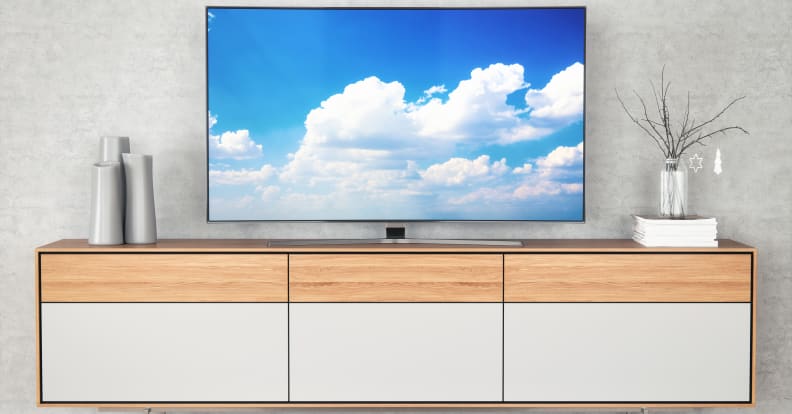
1080p is about to be old news. If you still haven't seen it, you're missing out.
If you've done any TV shopping in the last 6 years, you've probably heard the terms "1080p" or "full-HD" bandied about. This refers to a screen resolution—specifically 1,920 pixels horizontally by 1,080 pixels vertically. We might be at the onset of 4K and HDR, but right now's actually a great time to jump on the full-HD bandwagon.
There's a good chance your current TV isn't actually a 1080p set. If it says 480p, 720p, or 1080i when you tune to various programs, you're not getting full 1080p—and that's just a shame. Modern game consoles like the Xbox One and apps like Netflix and Amazon Video may be 4K-capable, but the majority of their games and content are still optimized for 1080p. Cable and satellite broadcasts, too.
If your current TV isn't 1080p, you don't need to leap right up to 4K and HDR (though, to be fair, buying a 1080p TV now might be courting obsolescence a bit). You can get a perfectly good 1080p set for less than $400 and finally see all your favorite Netflix content and PS4 games the way you were meant to.
3. You can't read important text during video games
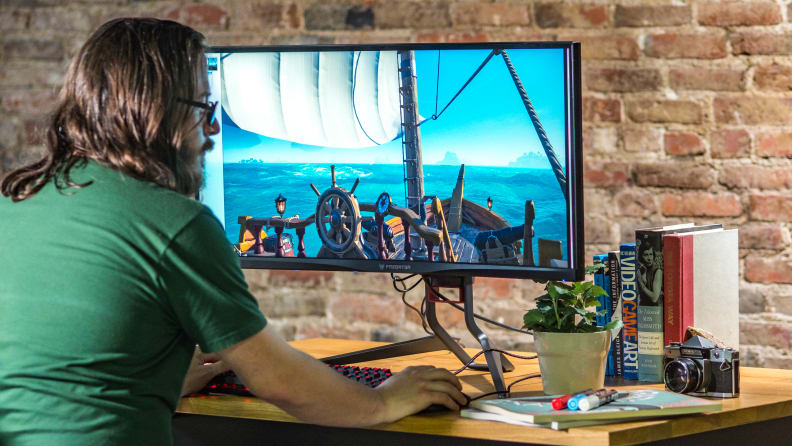
If you're having trouble making out important text during video games, you might need to upgrade your TV.
I play Xbox One with my brother a lot, and we play a handful of staples: Overwatch, Sea of Thieves, Dragonball FighterZ, and a few others. Unless you have special "Enhanced" versions of Xbox games for the Xbox One S or Xbox One X, the Xbox One defaults to 1080p. Unfortunately, my brother is still using a 32-inch, 720p television (where's the respect for my profession, bro??).
All the time—all the time—he misreads other players' names during multiplayer games, or has trouble making out the compass markings in Sea of Thieves. It happens at least once per gaming session, and thankfully we haven't yet sailed halfway across the ocean in the wrong direction. While not every instance of text and HUD information needs to be crystal clear, if you can't read the basic info a game is throwing at you, you're going to have a bad time.
This, again, doesn't mean he needs a massive 65-inch 4K TV—sometimes you just need a slightly bigger screen. Something like this 40-inch 1080p TCL is only $230, but it would make a huge difference for anyone in my brother's situation. I guarantee he'd be noticing details great and small that he couldn't even see before. But more importantly, downscaling a signal (like downscaling an Xbox One's 1080p output to a 720p screen) is bad for your eyes!
4. You're still plugging your laptop into your TV to stream content
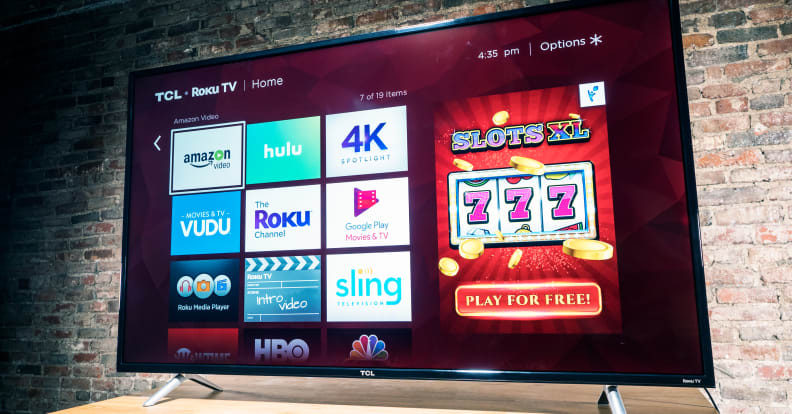
Many TVs have apps like Netflix, Hulu Plus, or even the entire Roku platform built right in. Enough with the laptops!
When you find something you want to watch on Netflix or Hulu, do you find yourself crawling around on the carpeting, trying to fish an HDMI cable from your clunky Lenovo laptop into one of the ports on the back of your thick-bezeled old plasma? I'm telling you, that's caveman stuff. It's so much easier.
While we've traditionally spurned straight-up "smart TVs" in favor of standalone streaming devices, built-in TV smart features are the latest and greatest compared to the clunky task of running desktop or laptop computers to a TV. Not only does this method rarely scale well, you're often left awkwardly mousing/keyboarding text onto your TV screen, which is too low-rez to properly render a Chrome tab. It's just a mess.
Almost any TV you buy nowadays will have apps like Netflix, Hulu Plus, or HBO Go built in. Even this tiny $160 TV has the Roku platform built in, which more or less has something like 3,000 apps available.
5. You have a smart TV, but it's slower than molasses
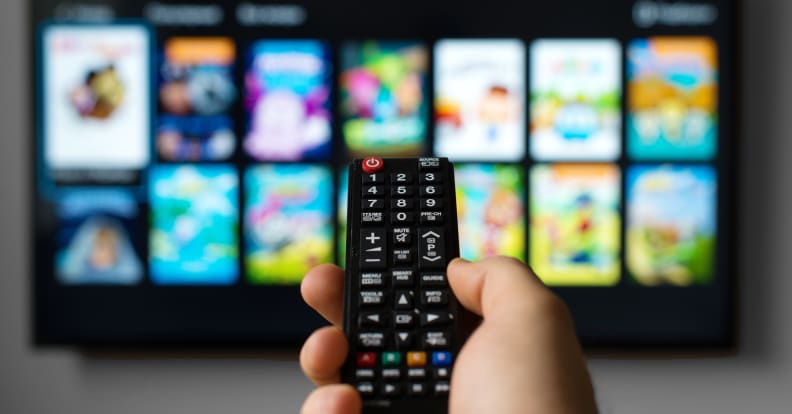
If your TV is slow to boot up or doesn't respond to your remote, it might be time to upgrade.
If you're not way out of date, chances are you have a 720p or 1080p TV with smart features. But if it's more than 3 or 4 years old, I'm willing to bet your smart TV is starting to feel a little more like Watson than Holmes: The smart platform takes forever to load, or it can't update any more because the internal storage is full—or worse, the manufacturer has stopped updating the built-in apps entirely. Sadly, it happens.
If that's the case, you're a perfect candidate to update your TV. Not only can you get a newer and likely way, way better smart experience out of it, but this is also your chance to get in on the latest drool-inducing picture quality improvements: namely, 4K resolution and High Dynamic Range.
While the tech is still fairly new, you can get a pretty solid 4K/HDR set like the TCL S Series for around $800 online. Not only are you getting a Roku TV here, you're getting the upgrade to 4K resolution as well as HDR compatibility. While it's no premium OLED TV, upgrading from a smaller 1080p TV to a big 4K/HDR set is going to drop the jaw of even picky videophiles.

